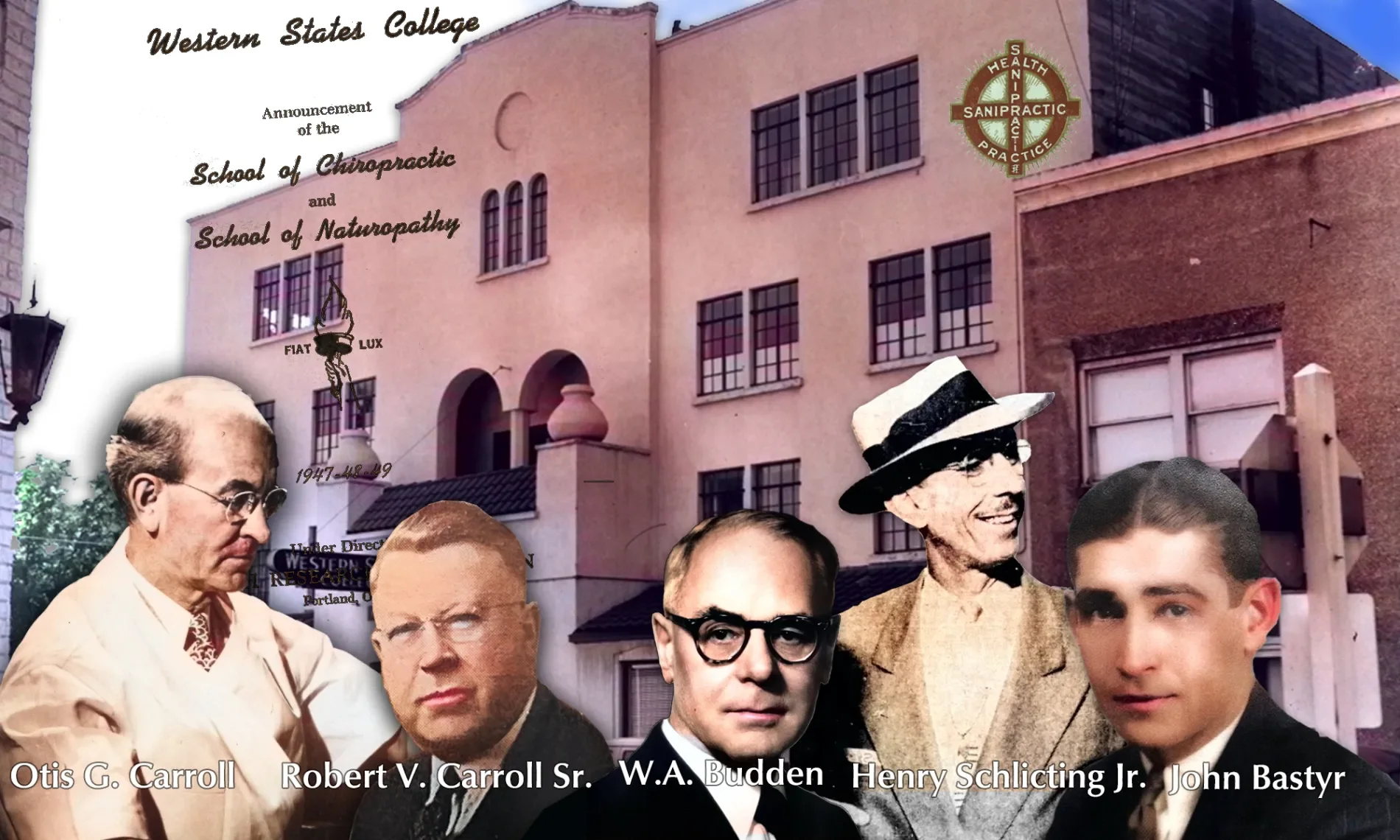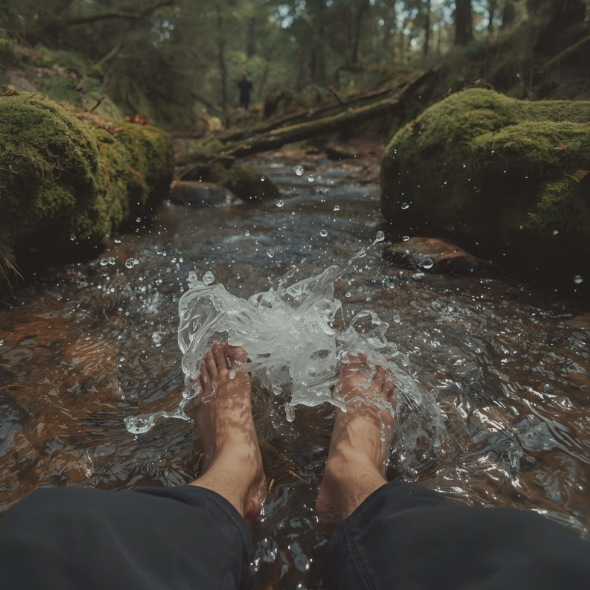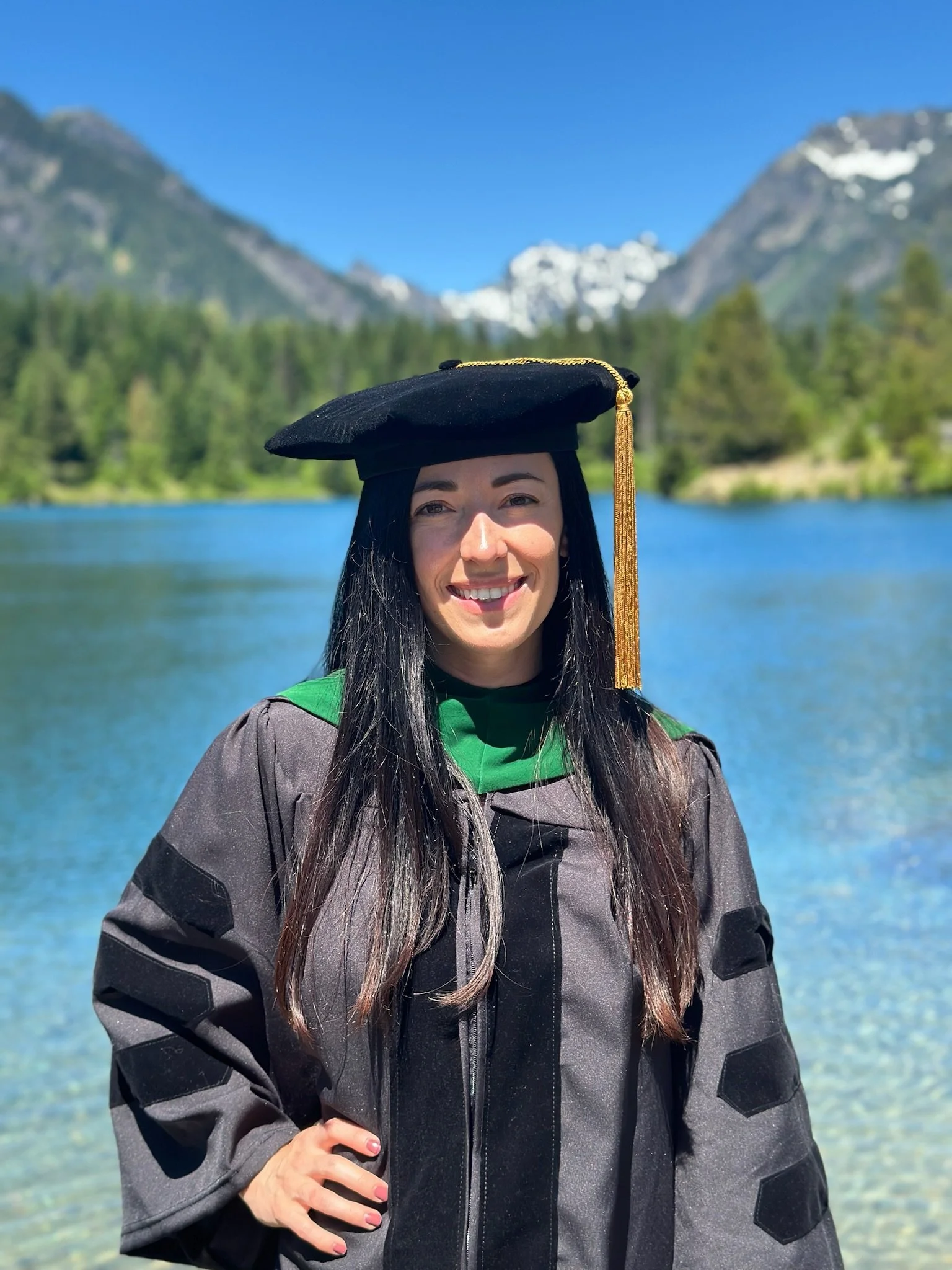What is
Naturopathic Medicine?
Photo credit: www.biblio.com
Naturopathic Medicine is the tried-and-true medicine—rooted in healing traditions practiced by cultures across the world for thousands of years. It is a system of care based on the understanding that the body is inherently wise and capable of healing when supported with natural therapies, nourishment, and a harmonious environment.
Modern Naturopathic Doctors (NDs) integrate this ancient wisdom with current medical science to address the root causes of disease, rather than only managing symptoms.
This page will guide you through where naturopathic medicine comes from, how it evolved, the forces that tried to silence it, and why it is resurging today. It will also walk you through the core modalities used by Naturopathic Doctors and how each one activates the Vis Medicatrix Naturae— the healing power of nature and the body’s innate healing intelligence.
A Brief History of Naturopathic Medicine
For most of human history, healing came from:
Herbal medicine
Nutrition and food-as-medicine
Water and hydrotherapy
Hands-on therapies
Energy-based and spiritual healing traditions
Lifestyle practices integrated with nature’s rhythms
These approaches formed the foundation of healing globally—from Traditional Chinese Medicine, Ayurveda, and Indigenous medicine to European nature cure traditions.
Photo credit: The Practical Naturopathic: NDNR;
The Birth of Modern Naturopathy (1800s–1900s)
Modern naturopathic medicine emerged in 19th‑century Europe as the "Nature Cure" movement. It was brought to the United States by Dr. Benedict Lust, who is considered the "Father of Naturopathy." By the early 1900s, naturopathic medicine was widely practiced across the U.S., with thriving schools, sanitariums, and hydrotherapy centers.
The Flexner Report and the Silencing of Natural Medicine (1910)
In 1910, the Flexner Report—funded by the Carnegie Foundation and supported by the American Medical Association—restructured medical education in the U.S. It prioritized laboratory science and pharmaceuticals, leading to the closure of most naturopathic, chiropractic, osteopathic, and homeopathic schools.
The consequences of this included:
Suppression of natural and preventive medicine
Financial and political preference for drug‑based medicine
Loss of holistic, patient-centered care in mainstream healthcare
This period deeply impacted naturopathic medicine, yet it continued to survive through a small number of dedicated doctors and schools.
The Rebirth of Naturopathic Medicine (1970s–Present)
In the 1970s, as interest in holistic wellness grew, naturopathic medicine reemerged (thanks to brilliant, resilient human beings I’m honored to call my elders and mentors). Accredited naturopathic medical schools expanded, state licensure increased, and research into natural medicine flourished. Today, naturopathic doctors are recognized in many states and provinces, integrated into hospitals and medical centers, and valued for addressing root causes and chronic illness.
Photo Credit: www.naturesmedicinethroughtime.org
Principles of Naturopathic Medicine
Naturopathic medicine is guided by core principles that shape every decision and treatment approach.
First, Do No Harm: Use the least force necessary.
The Healing Power of Nature (Vis Medicatrix Naturae): Trust the body’s innate ability to heal.
Identify and Treat the Causes: Go beyond symptom management.
Doctor as Teacher: Empower patients with knowledge.
Treat the Whole Person: Address physical, mental, emotional, spiritual, social, and environmental dimensions.
Prevention: Establish health foundations to prevent disease..
The Therapeutic Order
The Therapeutic Order describes how naturopathic doctors choose treatments, from least force to greatest force:
Establish the Foundations for Health (sleep, nutrition, hydration, stress, movement, environment)
Stimulate the Vis
Support and Restore Weakened Systems
Correct Structural Integrity
Use Natural Substances to Restore or Correct Function
Use Pharmaceuticals or Synthetic Substances (when needed)
High-Force Interventions (surgery, emergency intervention).
Common Modalities Naturopathic Doctors UsE:
-
Herbs have been used for thousands of years and remain one of the most effective natural therapies. They regulate digestion, immunity, hormones, the nervous system, the liver, and help us reconnect to the living world. Botanical medicine works synergistically with the body instead of overriding it.
-
Water therapies—including contrast hydrotherapy, constitutional hydrotherapy, hot/cold applications, and wraps—stimulate circulation, lymphatic movement, detoxification, and immune response. Hydrotherapy is one of the oldest and most powerful ways to activate the Vis.
-
Based on the principle of "like cures like," homeopathic remedies stimulate the body’s energetic and adaptive healing response, often shifting patterns of chronic illness.
-
Food is information. Whole, nutrient‑dense food supports every metabolic pathway, reduces inflammation, balances hormones, and rebuilds tissues. By correcting deficiencies and improving gut health, nutrition strengthens the Vis so the body can self-correct.
-
Includes soft tissue work, spinal manipulation, cupping, gua sha, stretching, and corrective movement, and more. These methods restore alignment, reduce pain, and support healthy structural function.
-
Daily habits shape biology. Sleep hygiene, circadian rhythm, stress reduction, breathwork, sunlight exposure, and nature connection create the foundation for healing.
-
The mind and body are intimately connected. Addressing emotional wellbeing, trauma, belief systems, and stress physiology helps regulate the nervous system and supports whole-person healing.
-
Many naturopathic doctors integrate elements of traditional medicine—Ayurveda, Traditional Chinese Medicine, Indigenous medicine—to honor ancestral ways of healing and expand the toolbox of natural therapies.
Why Naturopathic Medicine Matters Today
Chronic illness is at an all‑time high.
People feel dismissed, rushed, or unheard in the conventional system.
Many want to understand why symptoms are happening—not just medicate them.
There is a cultural return to natural living, sustainability, and ancestral wisdom.
Patients want a doctor who listens, teaches, and collaborates.
Naturopathic Medicine fills this need by restoring the foundations of health while honoring both tradition and modern science.
The Naturopathic Physician’s Oath
I dedicate myself to the service of humanity as a practitioner of the art and science of Naturopathic medicine.
I will honor my teachers and all who have preserved and developed this knowledge and dedicate myself to supporting the growth and evolution of Naturopathic medicine. I will endeavor to continually improve my abilities as a healer through study, reflection, and genuine concern for humanity. I will impart knowledge of the advanced healing arts to dedicated colleagues and students.
Through precept, lecture, and example, I will assist and encourage others to strengthen their health, reduce risks for disease, and preserve the health of our planet for ourselves, our families, and future generations.
According to my best ability and judgment, I will use methods of treatment which follow the principles of Naturopathic medicine:
First of all, to do no harm.
To act in cooperation with the Healing Power of Nature. To address the fundamental causes of disease.
To heal the whole person through individualized treatment.
To teach the principles of healthy living and preventive medicine.
I will conduct my life and the practice of Naturopathic health care with vigilance, integrity, and freedom from prejudice. I will abstain from voluntary acts of injustice and corruption. I will keep confidential whatever I am privileged to witness, whether professionally or privately, that should not be divulged.
With my whole heart, before this gathering of witnesses, as a Doctor of Naturopathic Medicine, I pledge to remain true to this oath.
https://aanmc.org/about/naturopathic-medical-doctors-oath/
Final Thoughts
Naturopathic medicine is not an alternative—it is rooted in the original, intuitive, nature‑aligned medicine that humanity relied on for millennia. Today, it offers a path back to vitality, self‑trust, and empowered health.
This is why I practice naturopathic medicine. And this is why it’s needed now more than ever.
Additional answers to questions you may have
-
Licensed naturopathic doctors (NDs) complete a rigorous 4-year, full-time medical program at an accredited naturopathic medical university, studying the same basic sciences as conventional medical students—anatomy, physiology, pathology, biochemistry, pharmacology—in addition to extensive training in natural and integrative therapies. They must also complete thousands of hours of supervised clinical training and pass two national board exams (NPLEX I and II) to become eligible for state licensure. In contrast, individuals calling themselves “naturopaths” after a weekend seminar or short online certificate do not have the medical training, diagnostic skills, or clinical experience required to safely guide patient care. This gap can create real risks when serious symptoms are overlooked or when natural therapies are used inappropriately. Patients seeking a naturopathic doctor should look for key green flags:
graduation from a CNME-accredited naturopathic medical school
successful completion of NPLEX board exams
state licensure where applicable
extensive clinical training
ongoing continuing medical education
and transparency about their training and scope of practice.
These standards ensure you’re working with a highly trained physician who can safely integrate both natural and conventional approaches to support whole-person healing.
-
Licensure for naturopathic doctors (NDs) varies by state because each state sets its own healthcare regulations, and the U.S. medical system has historically been shaped by insurance-driven priorities and conventional medical lobbying. As a result, not all states have updated their statutes to recognize naturopathic physicians or create licensure pathways—even though accredited naturopathic medical education and national board exams are standardized across the country. The profession continues to grow, and many states are actively pursuing regulation to increase patient safety, transparency, and access to qualified NDs.
If you want to learn more or support licensure efforts please visit naturopathic.org for updates, resources, and opportunities to get involved.
-
Yes! The incredible Mitchell Stargrove made this detailed resource possible — please check it out: https://www.naturesmedicinethroughtime.org/








